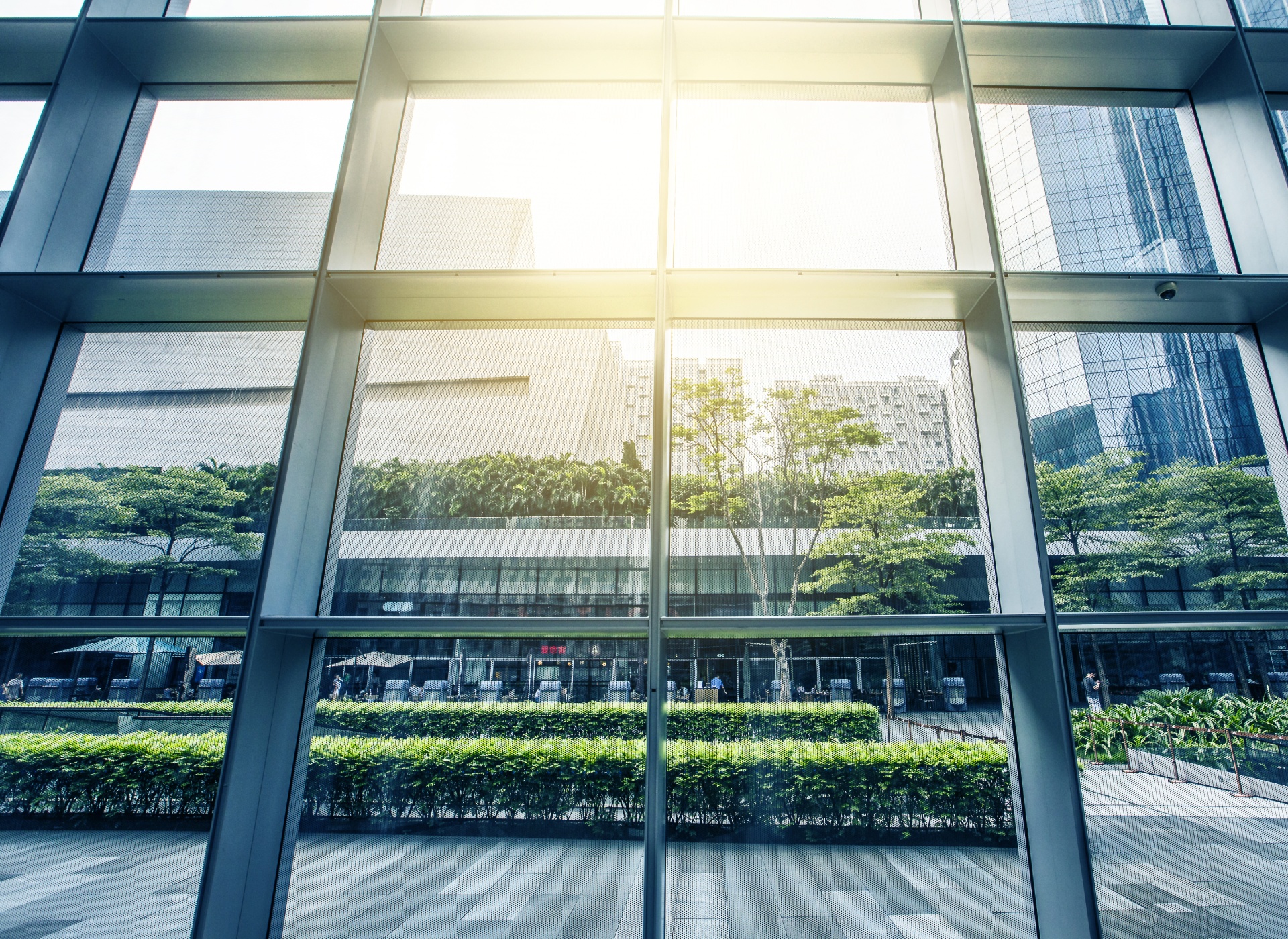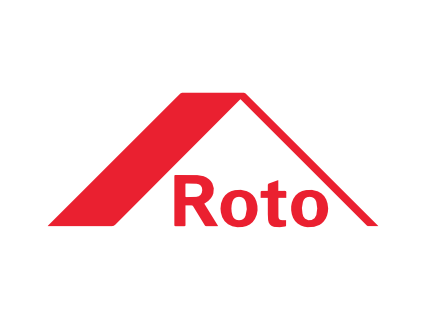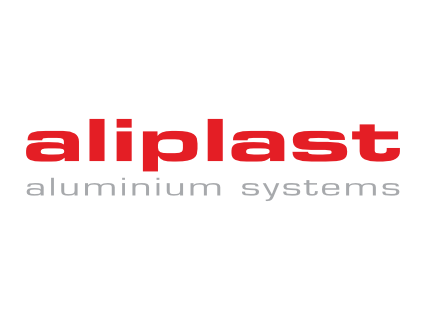
Nowadays, environmental protection is extremely important. We are looking for more and more ecological solutions in all areas of life, including construction. Aluminium joinery, although it has not always been associated with sustainability, can make a positive contribution to environmental protection. In this article, we look at aspects of aluminium joinery from an ecological perspective and how it can contribute to sustainability.
Durability and strength
Aluminium joinery is distinguished by its durability and resistance to weathering. Aluminium is a durable material that does not corrode or rust, which translates into long-lasting joinery. As a result, aluminium joinery does not require frequent replacement, reducing the consumption of raw materials and reducing waste.
Recycling
Aluminium is one of the most valuable and renewable raw materials. Aluminium window joinery can be fully recycled, making it an environmentally friendly solution.
Furthermore, it is worth noting that aluminium recycling uses significantly less energy than primary production and additionally allows the material to be reproduced in high quality. In addition, aluminium recycling contributes to reducing CO2 emissions, which is crucial in the fight against global warming.
Energy efficiency
Aluminium joinery can contribute to improving the energy efficiency of buildings. Thanks to advanced insulation technologies, today’s aluminium joinery is designed to minimise heat loss. Improved thermal insulation translates into reduced energy consumption for space heating or cooling. In the long term, energy savings benefit both the environment and the building owner’s wallet.
Aluminium joinery is adapted to the requirements of modern insulation standards. Thanks to the use of, among other things, thermally separated profiles, insulation in the form of injected plastic spacers and double-chamber sealing systems, heat loss through windows and doors is minimised. As a result, the energy consumption required to maintain the optimum temperature in the building is reduced. This not only translates into lower energy bills, but also reduced greenhouse gas emissions.
In addition, aluminium joinery can be fitted with glazing with increased thermal insulation, such as low-E or multi-chambered glass. These special types of glass help to keep heat inside the building in winter and protect against excessive heat in summer. This provides greater thermal comfort for the occupants and energy consumption is significantly reduced.
Low environmental impact
As mentioned above, the production of aluminium joinery is characterised by low energy consumption and low greenhouse gas emissions. Furthermore, aluminium is 100% recyclable, meaning that even after many years of use, aluminium joinery can be transformed into completely new products.
Less energy is used in the production of aluminium compared to other materials such as wood or plastic. The aluminium production process is based on the recycling and refining of bauxite ore. Compared to primary production, the recycling of aluminium uses only around 5% of the energy. In addition, aluminium can be recycled several times without any loss in quality, which minimises the amount of waste and natural resources consumed in the production process.
Aluminium recycling has another positive impact on the environment – it reduces air pollution. The aluminium recycling process requires much less energy than primary production, which translates into reduced carbon dioxide (CO2) emissions. With CO2 emissions being one of the main contributors to global warming, aluminium recycling is an important step towards climate protection.
Ease of maintenance
Aluminium joinery is easy to maintain and preserve. Aluminium does not require regular painting or impregnation, which reduces the use of paint or various chemicals. Regular cleaning and maintenance is all that is needed to keep aluminium window frames in good condition. In this way, aluminium joinery retains its original appearance and functionality for many years. This translates into less waste generated by the maintenance and upkeep of the joinery.
Ecological solution – choose aluminium joinery
Aluminium joinery should be seen as an eco-friendly solution for environmental protection. Its longevity, recyclability, energy efficiency, low environmental impact, ease of maintenance and even unlimited compatibility make it an attractive option for green building.
By choosing aluminium joinery, you are not only contributing to the environment, but you can also enjoy durable, energy-efficient and aesthetically pleasing solutions. Contribute to sustainability and build a greener future.




















